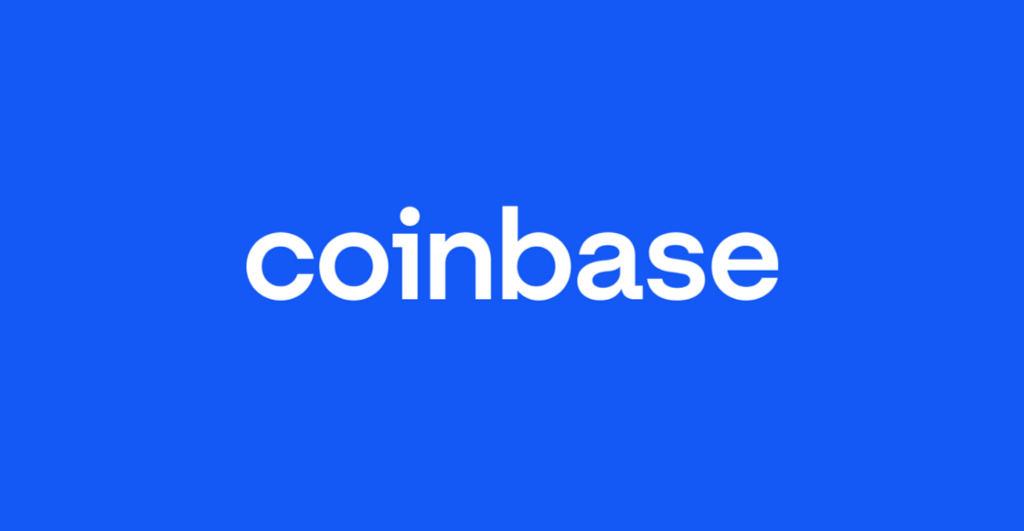
One of the top three questions I get from candidates is: “how do you make decisions at Coinbase?” What they’re getting at is, how do we break through politics and bureaucracy to get things done quickly? We use two tools at Coinbase that help cut through the noise and address issues that we’re grappling with:
Problem/Proposed Solutions are great for tackling issues that come up in the normal course of work.
RAPIDs are great tools for breaking through tough decisions and getting good decisions actually made. Here’s how we use each of these tools.
Coinbase is a written culture, which means that we aim to put our thinking, processes and decision making down on paper. This helps us clarify our thinking and increase understanding with each other. We use Google Docs to collaborate, which allows us to comment and ask questions transparently. These decision making frameworks are an important element of this written culture.
Problem/Proposed Solution (P/PS): The ultimate way to cut through noise.
(Credit to Matt Mochary , who came up with the P/PS and discusses it in his book ).
The P/PS is a great tool to address unresolved issues that are bothering you. It could be that you think the performance management process needs improvement, or that we need less meetings, or that we need to revisit our org structure, or anything that rises to a certain level of significance for you. We all have those instincts, and yet sometimes, we don’t know how to bring them up in the right way. We want to encourage productive problem solving and the P/PS can help with this.
The keys to an effective Problem/Proposed Solution
Short and easy: It has to be lightweight and take <15 mins to write. It should average one page only.
Focused on solutions: Consistent with our value of positive energy, you don’t just shine light on the problem, but you also propose a solution.
Here’s a very short, lightweight example:
Problem: We have too many meetings. It’s cutting into employees’ ability to get real work done.
Proposed Solution/s:
Kill all recurring meetings
Have a no meeting day
Create friction to add a meeting (require that any new meeting invite includes an agenda and goals of the meeting)
You then send the P/PS to anyone relevant to start adding to the Google Doc. Once the draft is complete, it’s discussed either asynchronously or in a meeting (for more complex problems). Some stakeholders may agree and add other suggestions. Some may disagree and say there isn’t a problem. The comments and feedback are all captured in the doc. The doc can be as simple or complex as the topic itself.
Once we’ve settled on some solutions, we document them as action items (AIs) with one directly responsible individual (DRI) to complete that action within a certain time frame (example: LJ, our Chief People Officer, should create a recharge week by January 1st).
RAPID: An excellent tool for making complex decisions.
(Credit to Jeff Weiner, who brought this tool to LinkedIn).
A RAPID is key to getting a number of people across functions to make a decision. We’ve all been a part of an organization where people deliberately hold up making hard decisions with passive-aggressive behavior and avoid making the hard calls. The RAPID helps cut through that with a clear process and owners.
Here are the key elements of the RAPID approach:
Recommend: One person
Agree: One to two people
Perform: The people who will need to take an active role in whatever the decision entails
Input: Anyone who is really relevant to the discussion who should add their thoughts
Decide: Only one person(!) and not someone who is already on the RAPID
Here’s an example:
Date of Recommendation:
Date of Decision:(Ideally within a week of the Recommendation)
Type 1 or Type 2 Decision : If it’s Type 1, it’s not reversible, and you have to be extra careful in making it. If it’s Type 2, you can reverse the decision.
Recommendation: We should exit operations in XYZ country (this would be a Type 1 Decision). After three years of intense effort and multiple approaches, we have not been able to get to a level of users that warrant the level of business investment and energy required to make us successful in this country.
Details behind the Recommendation: More information, including quantitative, to make the recommendation. It should include pros and cons, risks and benefits.
Recommend: Name of Person A
Agree (or Disagree): Name of Person B
Perform: Other employees who are involved
Input: Other employees who are involved
Decide: Name of Person C
Each of the named persons has the opportunity to put their own Agree or Disagree in, with their additional context.
Here’s the cool things about the RAPID:
It allows the Decide to see all of the participants’ feedback in the document
Everything is clearly written down, so it doesn’t rely on memory of how or what someone said something in the room
You can look back in time and see the quality and pacing of your complex decisions
Conclusion
All tools are imperfect, but as companies scale rapidly, having norms around a few types of decision making toolsets makes a huge difference in driving consistency. At Coinbase, we’ve found that the Problem/Proposed Solution and the RAPID are two amazing tools in our arsenal, and we use them daily to drive important discussions and decisions.
was originally published in The Coinbase Blog on Medium, where people are continuing the conversation by highlighting and responding to this story.

